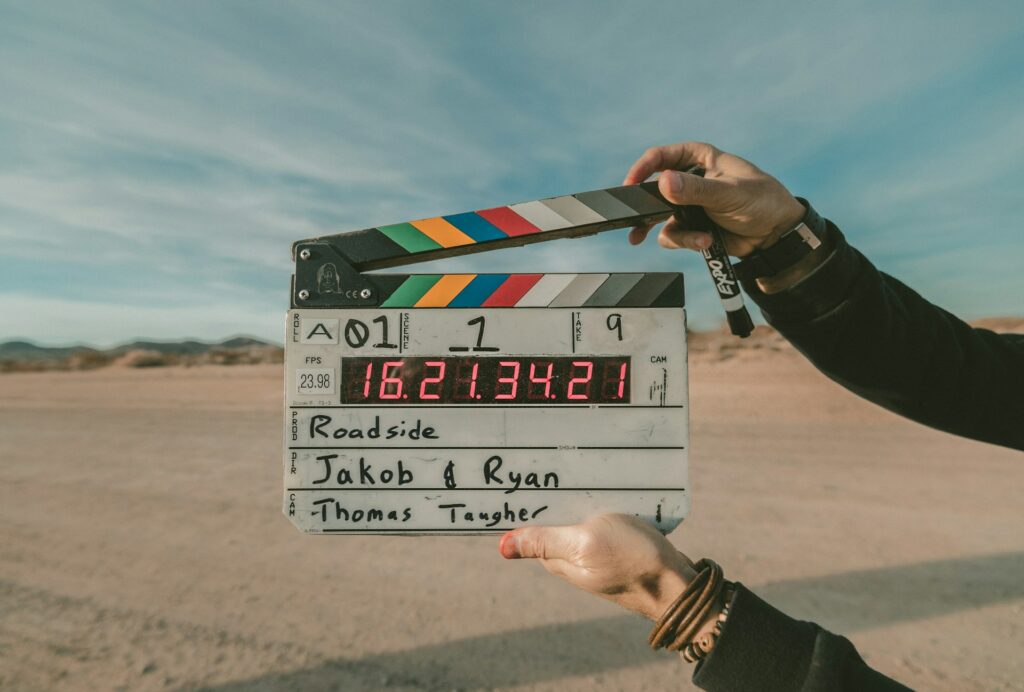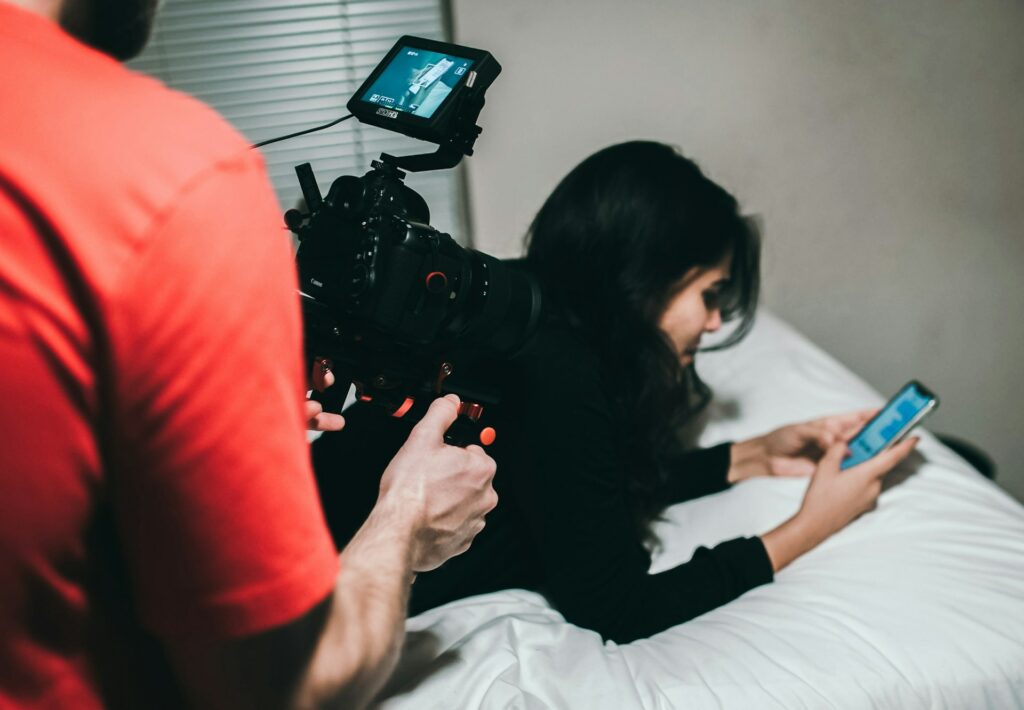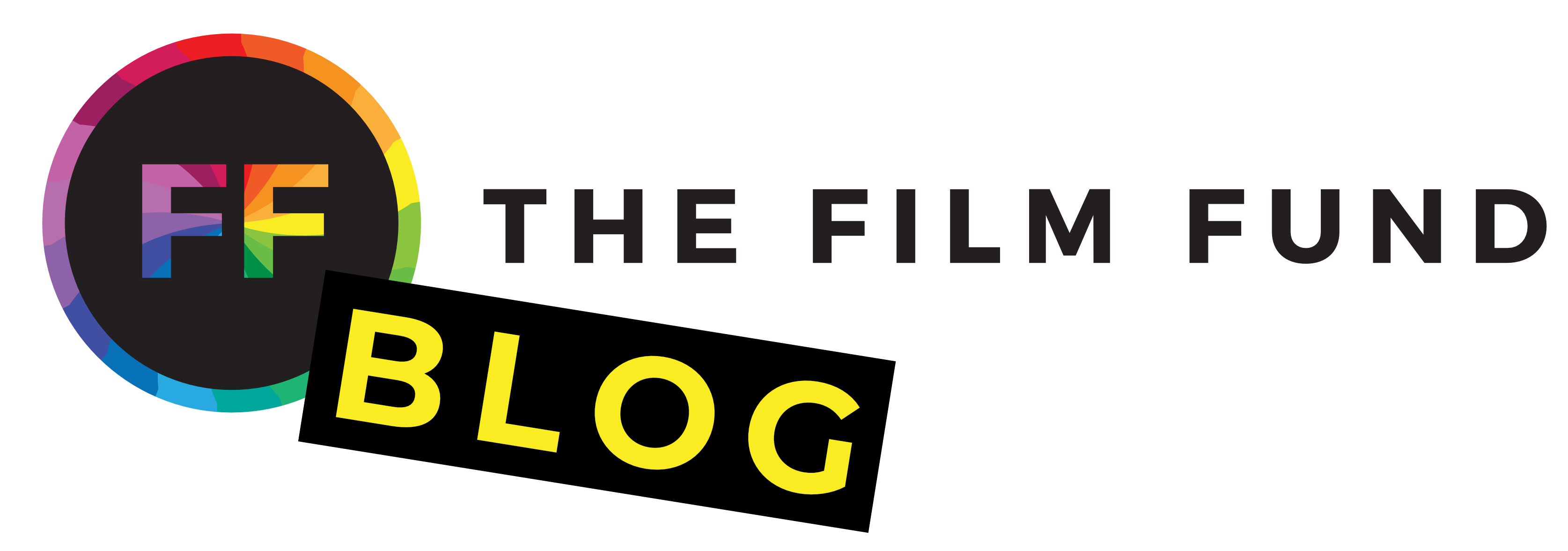At its core, microbudget filmmaking is about doing more with less. It’s about embracing constraints and finding innovative ways to bring your vision to life without breaking the bank. In this guide, we’ll walk you through the essentials of microbudget filmmaking, from pre-production to post-production, sharing practical tips and strategies along the way.
Microbudget filmmaking isn’t just about making do with what you have; it’s about turning limitations into strengths. It’s about finding beauty in simplicity and authenticity in imperfection. By harnessing the power of microbudget filmmaking, you can unlock your creativity and tell compelling stories that resonate with audiences on a shoestring budget.
Throughout this journey, we’ll explore how to navigate the challenges of microbudget filmmaking while maximizing your potential for success. From script development to post-production, we’ll cover everything you need to know to embark on your microbudget filmmaking adventure with confidence.
Understanding Microbudget Filmmaking
The Definition of Microbudget Filmmaking
Microbudget filmmaking may sound daunting at first, but once you understand its ins and outs, you’ll realize it’s more about creativity than cash. So, what exactly is microbudget filmmaking? Essentially, it’s about making films with minimal financial resources. Unlike big-budget productions, which often have millions of dollars at their disposal, microbudget filmmakers work with shoestring budgets, relying on ingenuity and resourcefulness to bring their stories to life.
Other Characteristics of Microbudget Filmmaking
Microbudget filmmaking is also about the spirit behind the project. It’s about embracing limitations, such as small teams, and finding innovative solutions to overcome them. However, the sense of camaraderie and shared purpose of a small team can be incredibly rewarding, fostering a supportive and creative environment where ideas can flourish. Plus, with the advent of affordable technology and accessible resources, aspiring filmmakers now have more opportunities than ever to create high-quality content without breaking the bank.
In essence, microbudget filmmaking is a celebration of creativity, innovation, and resourcefulness. It’s about pushing the boundaries of what’s possible with limited resources and proving that you don’t need a Hollywood budget to tell a compelling story. So, whether you’re a seasoned filmmaker looking to explore new avenues or a newcomer eager to make your mark, microbudget filmmaking offers a world of opportunities to unleash your creativity and bring your vision to life.
Pre-Production Phase on a Microbudget

Before you can bring your microbudget film to life, you’ll need to lay the groundwork during the pre-production phase. This stage is crucial for setting the tone and direction of your project, and it’s where you’ll make key decisions that will shape the outcome of your film.
Script Development
Script development is the cornerstone of any successful film and is especially important in microbudget filmmaking. Since you’ll be working with limited resources, it’s essential to have a tight and compelling script that maximizes your resources while still telling a compelling story. Focus on simple yet impactful narratives that can be executed with minimal resources, and don’t be afraid to get creative with your storytelling techniques.
Storyboarding
Storyboarding is another essential step in the pre-production process, especially for microbudget filmmakers. Creating a visual roadmap of your film will help you communicate your vision to your team and ensure that everyone is on the same page. You don’t need to be a professional artist to storyboard effectively; even simple sketches can be incredibly helpful in visualizing your scenes and planning your shots.
Legal and Logistical Factors
Finally, don’t forget about the legal and logistical aspects of pre-production. This includes securing permits for filming, obtaining insurance coverage, and ensuring that you have all the necessary releases and contracts in place. While these may not be the most glamorous aspects of filmmaking, they are essential for protecting yourself and your project.
By taking the time to properly plan and prepare during the pre-production phase, you’ll set yourself up for success and make the filmmaking process smoother and more efficient. Remember, microbudget filmmaking is all about creativity and resourcefulness, so don’t be afraid to think outside the box and embrace the challenges and opportunities that come your way.
Production Phase on a Microbudget

With your pre-production work complete, it’s time to roll up your sleeves and bring your microbudget film to life during the production phase. While working with limited resources presents its challenges, it also offers unique opportunities for creativity and innovation.
Camera Selection
Selecting the right camera and camera equipment is crucial for microbudget filmmakers. While high-end cameras and gear may be out of reach, there are plenty of affordable alternatives that can still deliver professional-looking results. Consider renting equipment or borrowing from friends and fellow filmmakers to keep costs down. And don’t forget about the power of smartphones and consumer-grade cameras, which can be surprisingly capable in the right hands.
Lighting Equipment
When it comes to lighting, natural light is your best friend as a microbudget filmmaker. Whenever possible, take advantage of natural light sources to illuminate your scenes. Not only does this save on equipment costs, but it can also lend a natural and organic feel to your shots. Of course, you’ll still need to supplement natural light with artificial lighting in some situations, but keep it simple and focus on creating the mood and atmosphere you’re aiming for.
Scouting for Locations
Location scouting and set design are also key considerations during the production phase. Since you’ll be working with limited resources, it’s important to get creative with your locations and set dressing. Look for free or low-cost options, such as public spaces and practical locations, that can double as sets for your film. And don’t be afraid to get hands-on with DIY set design and props; sometimes, a little ingenuity can go a long way in creating convincing and immersive worlds on a microbudget.
Tips for Working with a Small Crew
As a microbudget filmmaker, you’ll likely be working with a small crew or even flying solo, so it’s important to make the most of your resources. Be sure to communicate clearly with your team and delegate tasks effectively to ensure that everything runs smoothly on set. And don’t be afraid to get creative with your approach to filming; sometimes, the best shots come from thinking outside the box and embracing the limitations of your resources.
By approaching the production phase of your microbudget film with creativity, resourcefulness, and a can-do attitude, you’ll be well on your way to bringing your vision to life on screen. Remember, microbudget filmmaking is all about making the most of what you have and embracing the unique challenges and opportunities that come your way. So grab your camera, gather your crew, and get ready to make some movie magic!
Post-Production Phase on a Microbudget

Once you’ve wrapped up filming, it’s time to shift your focus to the post-production phase of your microbudget film. This is where you’ll bring all the pieces together, fine-tune your footage, and transform it into a polished final product. While post-production can be a daunting task, especially on a limited budget, there are plenty of tools and techniques available to help you make the most of your resources.
Editing Software Options
Editing is where the magic happens in post-production, and it’s essential to approach this stage with care and attention to detail. Whether you’re using professional editing software or free alternatives like DaVinci Resolve or HitFilm Express, take the time to familiarize yourself with the tools at your disposal and experiment with different techniques to find what works best for your project. And don’t be afraid to get creative with your editing; sometimes, the most memorable moments come from thinking outside the box and pushing the boundaries of traditional storytelling.
Sound Design Software Options
Sound design and music are also crucial components of the post-production process. Even if you didn’t have access to high-quality audio equipment during filming, you can still enhance your audio in post-production with tools like Audacity or Adobe Audition. Whether you’re adding sound effects to bring your scenes to life or selecting the perfect soundtrack to set the mood, pay attention to the details and ensure that your audio complements your visuals seamlessly.
Color Grading
Color grading is another important step in the post-production process, especially for microbudget filmmakers looking to elevate the look and feel of their footage. Whether you’re aiming for a naturalistic look or a stylized aesthetic, color grading can help you achieve the desired tone and atmosphere for your film. Experiment with different color grading techniques and presets to find the perfect look for your project, and don’t be afraid to get creative with your color choices to make your footage stand out.
By approaching the post-production phase of your microbudget film with creativity, resourcefulness, and attention to detail, you’ll be able to transform your raw footage into a polished final product that punches above its weight. Remember, microbudget filmmaking is all about making the most of what you have and finding innovative ways to bring your vision to life on screen.
Marketing and Distribution of a Microbudget Film

Congratulations! You’ve completed your microbudget film, but your journey isn’t over yet. Now it’s time to share your creation with the world through strategic marketing and distribution. While this may seem daunting, especially on a limited budget, there are plenty of ways to get your film noticed and reach your target audience.
Find Your Audience
Identifying your target audience is the first step in marketing your microbudget film. Whether you’re targeting niche markets or aiming for broader appeal, understanding who your audience is and what they’re interested in will help you tailor your marketing efforts more effectively. Take the time to research your target demographic, including their demographics, interests, and preferences, and use this information to inform your marketing strategy.
Take Advantage of Social Media
Utilizing social media and online platforms is a cost-effective way to promote your microbudget film and connect with your audience. Platforms like Facebook, Instagram, Twitter, and YouTube offer powerful tools for reaching potential viewers and generating buzz around your project. Share behind-the-scenes photos and videos, engage with your audience through polls and Q&A sessions, and leverage hashtags and trending topics to increase visibility and engagement.
Traditional Distribution
Exploring alternative distribution channels is another important aspect of marketing your microbudget film. While traditional distribution methods may be out of reach for microbudget filmmakers, there are plenty of alternative options to consider. Film festivals offer a platform for showcasing your work to industry professionals and potential distributors while streaming platforms like Vimeo On Demand and Amazon Prime Video allow you to reach a global audience without the need for a traditional distributor.
Self-Distribution
Self-distribution is another viable option for microbudget filmmakers looking to retain creative control over their projects and maximize their profits. Platforms like Vimeo On Demand and Gumroad allow you to sell or rent your film directly to viewers, while crowdfunding platforms like Kickstarter and Indiegogo can help you raise funds and generate buzz for your project before it’s even released. By taking advantage of these alternative distribution channels, you can bypass traditional gatekeepers and bring your film directly to your audience.
By approaching marketing and distribution with creativity, resourcefulness, and a willingness to think outside the box, you can maximize the reach and impact of your microbudget film without breaking the bank. Remember, microbudget filmmaking is all about finding innovative ways to bring your vision to life and share it with the world. So don’t be afraid to get creative with your marketing efforts and explore new opportunities for distribution.
In Conclusion
In conclusion, microbudget filmmaking offers an exciting and accessible pathway for aspiring filmmakers to bring their creative visions to life without the need for a Hollywood-sized budget. Throughout this guide, we’ve explored the fundamentals of microbudget filmmaking, from pre-production planning to marketing and distribution strategies. By embracing constraints and leveraging your creativity and resourcefulness, you can achieve remarkable results with limited resources.
Microbudget filmmaking is not without its challenges, but with the right mindset and approach, you can turn these obstacles into opportunities for innovation and experimentation. Whether you’re working with a shoestring budget or a skeleton crew, remember that passion, perseverance, and a willingness to think outside the box are your greatest assets as a filmmaker.
Lastly, if you’re still looking to get the last bits of your short film’s budget together but are struggling to do so, we may have you covered. Our film funding contest awards up to $10,000 in funding for the winners’ short films! How do you enter? Write a single sentence that summarizes your movie as well as tells us what you need the funding for. Do that and you’re on your way to possibly winning! Head to our entry page to learn more.




